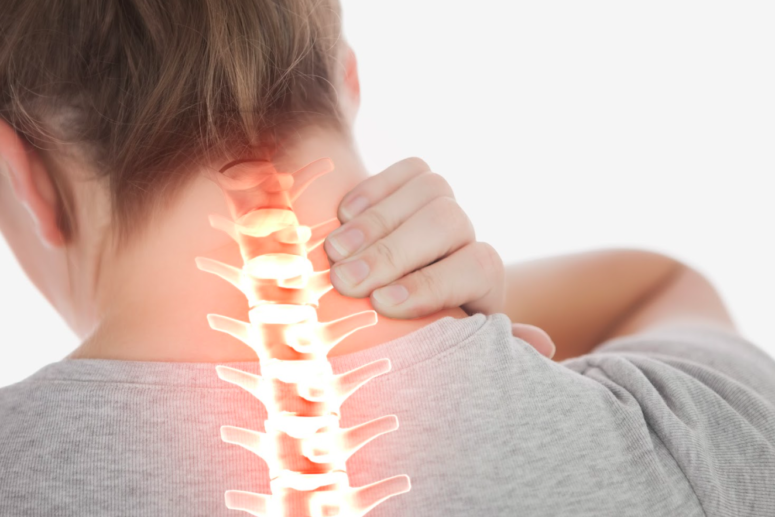Osteochondrosis is a disease that affects the cartilaginous surfaces of the bones of the musculoskeletal system. Most often, this disease is associated precisely with the vertebral region, less often there are problems with the joints of the knees or the hip part.
Most often, back pain occurs as a result of a disease of the spine with further damage to the discs. According to statistics, most often this problem is faced by people aged 25 to 55 years. However, the first signs mainly appear after 35 years. Progressive pain occurs with strong dynamic and static loads on the back.

Types of osteochondrosis
Based on the problem area, several types of osteochondrosis are noted at once:
- In 50% of cases, doctors diagnose osteochondrosis of the lumbar spine in patients. This disease is accompanied by severe pain in the back and legs. At the advanced stage, numbness of the lower extremities is noted, as well as an increase in pain when walking, running.
- Cervical osteochondrosis is diagnosed in more than 25% of patients. It is important to remember that the task of the neck is to maintain the correct position of the head. It is here that the arteries, spinal cord, nerve endings that are connected with the lungs, heart and other vital organs of a person are located.
- Thoracic osteochondrosis is diagnosed in more than 12% of patients who lead a sedentary lifestyle. This applies to people whose profession is related to sedentary work: drivers, designers, programmers and others. You can eliminate such problems if you take care of your own posture: straightened shoulders, straight back.
- As a preventive measure for these diseases, doctors recommend performing simple physical exercises that will help keep your body in good shape.

Symptoms of osteochondrosis
The list of the main symptoms of osteochondrosis includes:
- The presence of constant aching pain in the back, numbness and unpleasant “breaking” of the joints of the arms and legs.
- They note a gradual increase in pain when walking, running, coughing, sneezing.
- Regular muscle spasms.
- The presence of sharp pain, impaired sensitivity of soft tissues, a noticeable decrease in reactions.
- Tingling in the region of the cardiac muscles.
- Pain in the lower back that goes to the sacrum, legs, pelvic organs.
Pain in the shoulders, arms, regular headaches, noise in the head and fainting, the presence of blurry spots in the eyes, which are combined with throbbing pains in the head.
